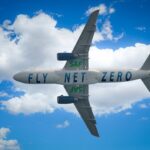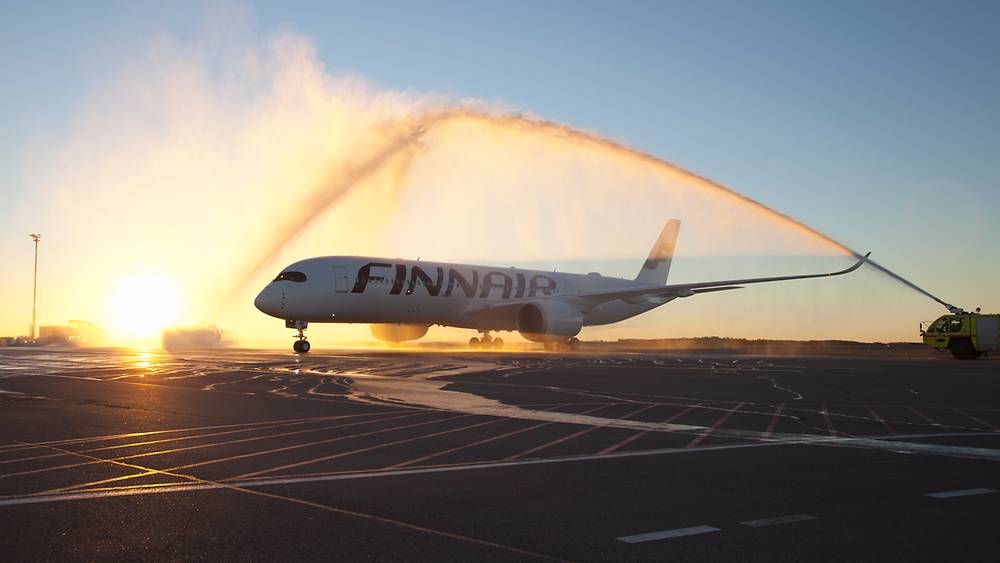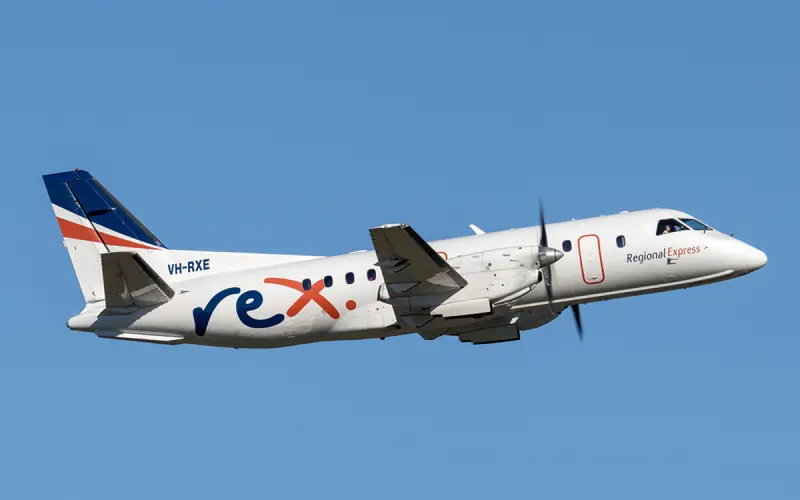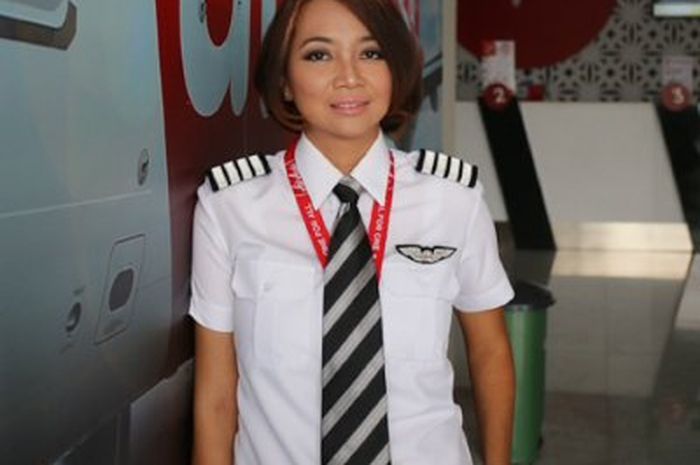
In a landmark effort to align the aviation industry with global decarbonization goals, the International Air Transport Association (IATA) has joined forces with leading research and environmental organizations to release the “Aviation Net Zero CO2 Transition Pathways Comparative Review.” This pivotal report, a collaborative effort with the Air Transportation Systems Laboratory at University College London (UCL), the Air Transport Action Group (ATAG), the International Council on Clean Transportation (ICCT), and the Mission Possible Partnership (MPP), marks the first comprehensive comparison of 14 net zero CO2 transition roadmaps for aviation.
The publication serves as a critical “one-stop shop” for airlines, policymakers, and all aviation stakeholders, providing a detailed analysis of the similarities and differences between various strategies to achieve net zero carbon emissions for aviation by 2050. The report scrutinizes each roadmap’s scope, assumptions, modelled energy demand, CO2 emissions, and the emissions reduction potential of key mitigation levers, including new aircraft technologies, zero-carbon fuels, Sustainable Aviation Fuels (SAF), and operational improvements.
Key findings from the report highlight the significant variance in potential pathways to net zero CO2 emissions by 2050, largely dependent on assumptions about the evolution of decarbonization technologies and solutions. Notably, all roadmaps project SAF to play the most substantial role in CO2 reductions by 2050, with contributions ranging from 24% to 70%, reflecting uncertainties in government support, investment levels, production costs, and feedstock availability.
The report also underscores the expected contribution of technology and operational efficiency improvements, which are anticipated to account for approximately 30% of emissions reduction in all scenarios by 2050. The potential impact of hydrogen and battery-powered aircraft is more variable, hinging on policy support and the decline of the pace of renewable energy prices.
Nearly all roadmaps suggest the necessity of market-based measures and carbon removal technologies to address residual emissions and achieve net zero CO2 emissions by 2050. These technologies are deemed urgent and critical as mitigation measures and as essential feedstock for producing power-to-liquid (PtL) fuels.
Marie Owens Thomsen, IATA’s Senior Vice President of Sustainability and Chief Economist, emphasized the report’s role in guiding the industry’s transition: “The Aviation Net Zero CO2 Transition Pathways Comparative Review demonstrates the diverse strategies available to decarbonize aviation by 2050. While the impact of each lever varies, the consensus points to SAF as the cornerstone of decarbonization efforts. This report equips stakeholders with the insights needed to refine policy, investment, and business decisions, particularly in the realm of SAF, where robust public policy support is crucial.”
As the aviation industry navigates the complexities of transitioning to a sustainable future, this report is a testament to the sector’s commitment to a greener, net zero carbon world by mid-century.
The post IATA and the Aviation Industry Charts Course for Net Zero CO2 Emissions by 2050 first appeared on Stray Nomad Travel News.



 share
share









































